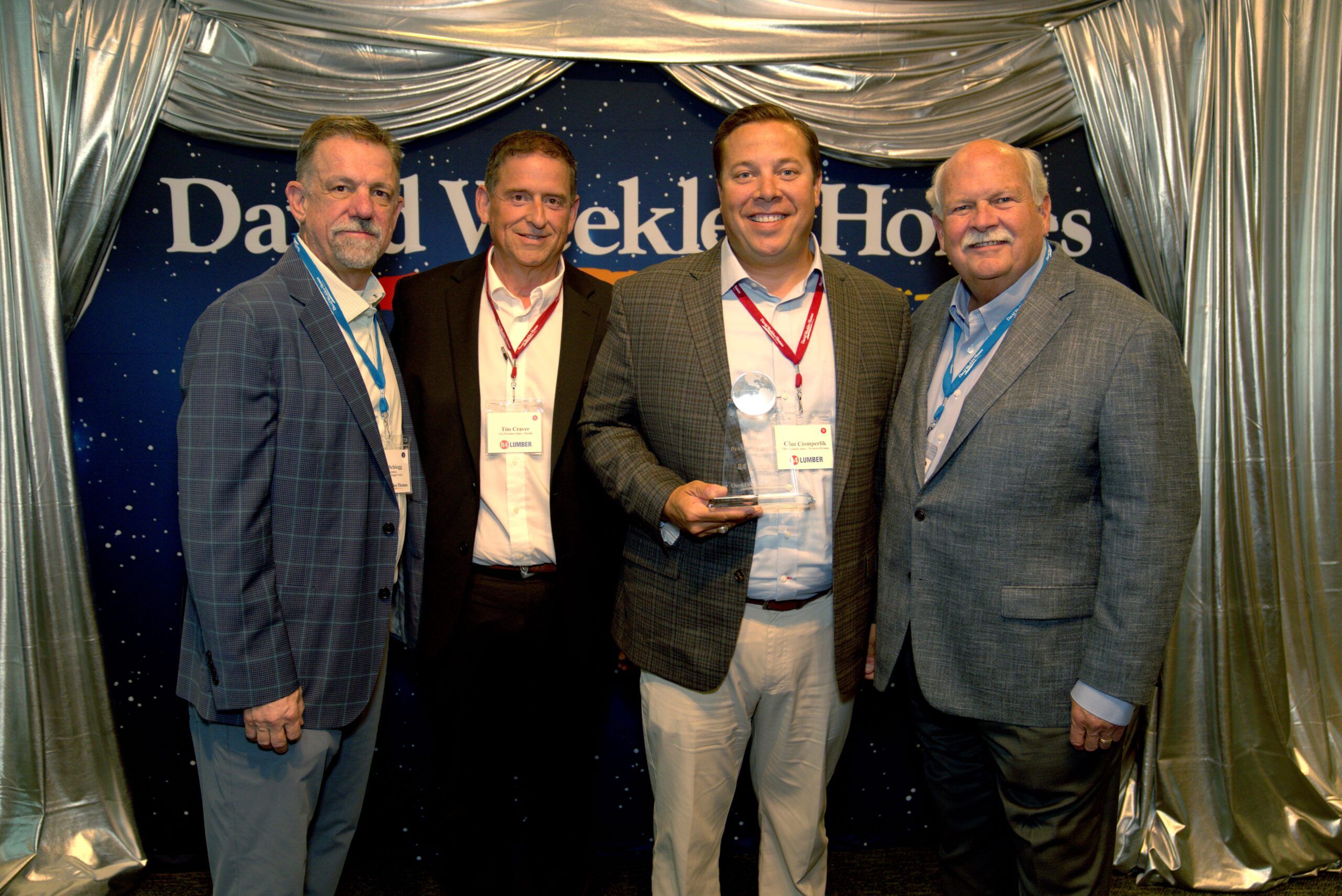As more homes and businesses adopt solar energy, the importance of proper solar panel maintenance becomes clearer. While the panels themselves are low-maintenance by design, they aren’t completely hands-off. Dust, pollen, bird droppings, and environmental grime all reduce efficiency—especially when cleaning is neglected over time.
But here’s the twist: not all cleaning schedules or strategies are the same. Depending on where you live, the climate has a major impact on how often your solar panels need attention and what type of buildup they face.
At Max’s Window Cleaning | Pressure Washing, we’ve seen firsthand how location determines not just energy performance but the approach to upkeep. Below, we break down how solar panel cleaning varies by climate—and what to do about it.
Arid and Desert Regions: Battling Dust and Sand
Desert climates are among the most solar-friendly in terms of sunlight availability. But they’re also some of the toughest when it comes to keeping panels clean. Dry air carries fine dust and sand, which settle on panels in a thin, hazy layer that diminishes sunlight absorption.
Cleaning frequency: Every 1–2 months
Challenges:
- Micro-scratches from abrasive dust if not cleaned properly
- Fine sand that embeds in edges and mounting brackets
- High winds that continuously redistribute particles
Tips:
Avoid high-pressure cleaning directly on the panels—abrasive materials should be lifted gently with a soft-bristle brush or a water-fed pole. In these climates, routine rinsing with purified water can maintain performance between full cleans.
Coastal Areas: Salt, Moisture, and Residue
If your panels are near the ocean, salt in the air presents a different challenge. Salt can crystallize on the panel surface, creating a sticky layer that attracts other airborne particles and reduces efficiency. It also corrodes metal mounting frames over time.
Cleaning frequency: Every 2–3 months
Challenges:
- Salt residue buildup on glass surfaces
- Increased humidity leading to mold or algae at mounting points
- Bird droppings from seagulls and shorebirds
Tips:
Rinse regularly with deionized water to prevent salt layering. Gentle pressure washing may be used on surrounding surfaces like roof tiles and gutters to reduce salt splash-back. Focus on frames and edges where saltwater corrosion begins.
Humid and Tropical Climates: Mold and Organic Growth
In warm, moisture-rich environments, solar panels can attract moss, mildew, and algae growth. While the panels themselves are typically treated to resist major biological buildup, the area around them (including the roof) can become a breeding ground.
Cleaning frequency: Every 3 months, more during rainy seasons
Challenges:
- Algae streaks along panel edges
- Mold spores that spread to panel mounts
- Leaf litter from nearby trees causing hot spots or shading
Tips:
Incorporate solar panel cleaning into a broader exterior maintenance routine that includes roof cleaning, gutter cleaning, and window cleaning. Removing leaves, branches, and moss from adjacent areas reduces the sources of contamination.
Urban Environments: Pollution and Airborne Grime
Cities pose a different kind of problem: airborne pollutants, vehicle emissions, and industrial debris. The result is a fine film of grime that reduces solar efficiency over time—even in areas that get less dust or organic buildup.
Cleaning frequency: Every 2–4 months depending on traffic and industry levels
Challenges:
- Soot, oil residue, and particulate matter
- Increased shade from surrounding buildings
- Rooftop access challenges in multi-unit structures
Tips:
Use soft cloths or brushes to remove oily residue gently. Avoid harsh chemicals that can damage the panel coating. When pressure washing is used nearby, care must be taken to shield panel edges from runoff and debris. Roof drainage systems should also be inspected to prevent pooling water around panel mounts.
Snowy or Cold Weather Regions: Snow, Ice, and Freeze Cycles
In colder climates, snow accumulation can seem like the biggest problem—but often, what matters more is what comes after the snow. Ice and moisture cycles can trap debris under the panels and create drainage problems. In these areas, cleanliness is just as critical for safety as it is for performance.
Cleaning frequency: Spring and fall cleanings, with post-winter inspections
Challenges:
- Snow melt freezing in gutter systems
- Debris trapped under panels during melt
- Reduced sunlight angle leading to more shadowing
Tips:
Clean before the first snowfall to maximize winter efficiency. Inspect gutters and surrounding surfaces to ensure water drains away safely. If roof cleaning is needed, avoid dislodging snow onto panel edges. Snow should never be removed using metal tools or scrapers.
Why Regular Solar Panel Cleaning Matters
No matter the climate, dirt and debris reduce panel performance. Studies have shown that solar output can drop by 10–30% depending on the level and type of buildup. In commercial or high-consumption residential setups, that loss translates directly into increased energy costs and reduced system return on investment.
Additionally, certain climates—especially humid or coastal areas—create environments where neglect doesn’t just mean less power. It means faster equipment wear, corroded frames, and costly panel degradation.
That’s why solar panel cleaning should be part of a larger home maintenance plan, coordinated with roof cleaning, gutter care, and regular inspections of mounting systems and cabling. These systems don’t just share space—they affect each other’s long-term performance.
Safety Considerations and Professional Support
Cleaning solar panels isn’t the same as cleaning windows or siding. Panels are fragile, often mounted at awkward angles, and sensitive to pressure and temperature changes. That makes safety a priority—for both the equipment and the person cleaning it.
Using proper gear, soft tools, and purified water is key. When in doubt, hiring a professional service ensures your system is maintained according to manufacturer guidelines and without risk of damage.
Max’s Window Cleaning | Pressure Washing provides cleaning solutions tailored to local climate conditions, helping homeowners get the most out of their investment while extending the lifespan of their solar equipment.
Conclusion: Climate Determines the Cleaning Game Plan
Solar panels are built to last—but they’re only as efficient as their environment allows. Dust, pollen, salt, mold, and snow each present different challenges, depending on where you live. The key is recognizing that cleaning isn’t a one-size-fits-all task.
By understanding how your local climate affects solar performance—and acting on that knowledge with a regular, safe cleaning routine—you protect both your energy output and your system’s longevity.
Whether your panels are surrounded by desert sand, salty air, or urban smog, one thing is clear: staying ahead of buildup pays off in performance, safety, and savings.
Let me know when you’re ready for Article #4, and I’ll continue the series with a fresh tone and style!











